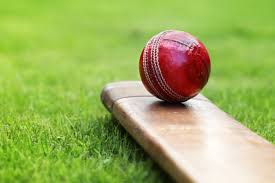Godliness in Stone

Scene 1 It smells like… time down here. Not just damp earth or rot, but something older. A primal scent that’s been waiting in the dark for a millennium. I’m recording this at the bottom of the scar somewhere in the anomaly. In my mind, it's called the Necropolis Gully . My helmet is trying to map it—casting these sterile, digital grids over the moss and the stone—but the data doesn’t make sense. It’s glitching. It’s shuddering against the reality of this place. I don't know why I'm here, looking at ruins. Just... debris. But in the ruins, I found the ghosts of a future that never happened. I was walking over shards of polymerised memories . This was once a city. It was meant to be the heart of a new world that... simply stopped. It wasn't an engineering failure. It was a failure of existence. Holding that slate, I felt this... weight. The grief of the architect. The "wounds of unbuilt dreams." I realised then that this isn't a graveyard for people. It’...


